
Are you passionate about building web applications but unsure where to start?
If yes, you’re not alone. In today’s fast-evolving tech landscape, React has emerged as one of the most sought-after frameworks for modern web development. From fast-paced startups to global enterprises, React powers some of the most popular and scalable digital platforms in the world.
This comprehensive roadmap will guide you through the essential skills, tools, and step-by-step React Developer Career roadmap to becoming a successful React developer and launch your career or make a meaningful career transition. Let’s dive in and chart your path to becoming job-ready in the world of web development.
Table of contents
- Why Choose a Career in React Development?
- High Demand in the Job Market
- Versatility Across Platforms
- Scalable Skillset
- Strong Community and Ecosystem
- Step-by-Step React Developer Career Roadmap
- Master the Fundamentals of Web Development
- Learn Core JavaScript Deeply
- Get Started with React
- Explore Advanced React Concepts
- Get Hands-On with State Management Tools
- Understand Backend & APIs
- Work with Modern Tooling & DevOps Basics
- Build & Share Your Portfolio
- Apply for Jobs or Freelance Gigs
- Who Should Consider a Career as a React Developer?
- Students and Fresh Graduates
- Working Professionals Looking to Switch Careers
- Designers Interested in UI/UX Coding
- Career Opportunities for React Developers
- Frontend Developer
- React Developer
- Full Stack Developer (React + Node.js)
- Mobile App Developer (React Native)
- UI Engineer
- Must-Have Tools in a React Developer’s Toolkit
- VS Code (Visual Studio Code)
- Chrome DevTools + React Developer Tools
- Postman
- Figma
- Netlify / Vercel
- Wrapping Up
- Frequently Asked Questions
- Can a non-technical person become a React developer?
- Do I need to learn backend as well for React jobs?
- What is the average salary of a React Developer in India?
- Is React good for a career?
Why Choose a Career in React Development?
A career in React development is more than just learning a library, it’s stepping into one of the most future-ready roles in web development and full-stack development (FSD). Here’s why React continues to attract aspiring developers and seasoned professionals alike:
High Demand in the Job Market
React developers are consistently among the most sought-after professionals in the tech world. Tech giants like Meta, Netflix, and Airbnb use React extensively. For startups looking to launch MVPs or enterprises building large-scale applications, React developers remain a core part of hiring pipelines globally.
Versatility Across Platforms
React is not just for web applications. With React Native, developers can extend their knowledge to build cross-platform mobile applications for iOS and Android. This makes React a powerful skill for those looking to diversify into mobile app development without learning an entirely new framework.
Scalable Skillset
React is more suitable even for a fresher building their first to-do app or a professional architecting a large SaaS dashboard. Its modular, component-based architecture allows for clean code practices and reusability, apt for growing into full-stack development roles when paired with backend tools like Node.js, Express, or Firebase.
Strong Community and Ecosystem
One of React’s biggest strengths is its vibrant community. With countless open-source projects, learning resources, third-party libraries, and frequent updates, developers can constantly upskill and stay relevant. Platforms like GitHub, Stack Overflow, and Reddit are filled with React-specific help, making it easier for beginners and pros to solve challenges and contribute to the ecosystem.
Step-by-Step React Developer Career Roadmap
This section outlines the key skills, tools, and technologies you need to learn from foundational web development concepts to advanced React features, state management, backend basics, and DevOps practices.
1. Master the Fundamentals of Web Development
Before you dive into React, it’s essential to build a rock-solid foundation in core web technologies. Learn HTML5 to structure your pages, CSS3 for styling, and JavaScript (ES6+) to bring interactivity to your websites. Get comfortable using Git and GitHub, these version control tools are industry standards for collaboration and tracking your work.
Don’t overlook responsive design; make sure your layouts adapt beautifully across screen sizes using Flexbox, Grid, and media queries. A great way to solidify these skills is to build basic web pages, clone popular landing pages, and create navigation bars or login forms.
2. Learn Core JavaScript Deeply
React is powered by JavaScript, so developing a deep understanding of the language is non-negotiable. Focus on the fundamentals like functions, arrays, and objects, but also explore how the DOM works, how events are handled, and how asynchronous behavior is managed using promises and async/await.
Advanced concepts such as closures, hoisting, scope, and ES6+ features like arrow functions and destructuring are vital for writing clean and efficient code. Make a habit of solving real-world problems through coding challenges on LeetCode, HackerRank, or Codewars to build muscle memory and logical thinking.
3. Get Started with React
Once you’re confident in JavaScript, it’s time to get your hands dirty with React. Begin with JSX, which allows you to write HTML-like syntax directly within JavaScript. Understand the concept of reusable components, start with functional components before exploring class-based ones. Learn how data flows using props and how components manage their data with state.
Master React Hooks like useState and useEffect, as they’re central to modern React development. Get comfortable with handling events, rendering lists, and managing form data. A great starting project is a portfolio website, a blog platform, or a simple to-do list built with React.
4. Explore Advanced React Concepts
To move beyond beginner-level and into mid-level territory, you’ll need to understand more sophisticated React features. Implement routing in your applications using React Router to allow for multi-page navigation. Learn the Context API to manage global state without prop drilling.
Optimize performance by implementing lazy loading and memoization techniques. Dive into writing custom hooks and handling component errors gracefully with error boundaries. Don’t forget testing, start with Jest and React Testing Library to write unit and integration tests for your components. These skills are often expected in real-world job interviews and coding assessments.
5. Get Hands-On with State Management Tools
While React’s built-in state is great for simple apps, larger applications demand more powerful solutions. Tools like Redux Toolkit or Zustand are excellent for managing global state. Explore middleware like Redux Thunk or Redux Saga to handle side effects, such as API calls.
Learn how to manage server-state efficiently using React Query or SWR, especially in apps that require real-time data syncing or offline support. These tools not only simplify your code but also prepare you for working in large-scale codebases and collaborative environments.
6. Understand Backend & APIs
Even if you’re primarily aiming to be a frontend developer, understanding backend basics will give your career a huge boost. Learn how RESTful APIs and GraphQL work, and how to fetch and post data from client to server. Explore Node.js and Express.js to build simple backend services. Implement basic CRUD operations and understand the flow of data.
Learn authentication techniques such as JWT and OAuth to secure your apps. You’ll be able to build full-stack applications like a blog platform with authentication or a to-do app with persistent backend storage, skills that make you stand out in interviews.
7. Work with Modern Tooling & DevOps Basics
Modern web developers are expected to be comfortable with build tools and deployment workflows. Get familiar with bundlers like Webpack, Vite, or Parcel to optimize your app performance. Use linters (like ESLint) and formatters (like Prettier) to maintain clean and consistent code.
Understand the basics of CI/CD with GitHub Actions or GitLab CI to automate deployment pipelines. Learn Docker to containerize your applications for easy deployment. These tools are part of everyday workflows in most tech companies, and mastering them makes you a more complete developer.
8. Build & Share Your Portfolio
A well-crafted portfolio is your gateway to job opportunities. Create multiple projects, push them to GitHub with clean code and helpful documentation, and deploy them via platforms like Netlify or Vercel. Go beyond just showing a demo, write blog posts or case studies explaining your thought process, challenges faced, and how you solved them.
This not only proves your skills but also highlights your ability to communicate clearly, an underrated but essential soft skill in tech. Be sure to showcase UI/UX skills and ensure your projects are responsive across devices.
9. Apply for Jobs or Freelance Gigs
With your skillset and portfolio in place, it’s time to step into the industry. Target roles like React Developer, Frontend Developer, or Full Stack Trainee across job platforms like LinkedIn, Hirect, and CutShort. Create an optimized LinkedIn profile that highlights your projects, skills, and learning journey.
Try out freelance platforms such as Upwork, Fiverr, or Toptal, especially useful for building a client base or earning while you learn. Contributing to open-source projects is another excellent way to network, learn from experienced developers, and get noticed by recruiters.
Read More: 10 Best React Project Ideas for Developers [with Source Code]
Who Should Consider a Career as a React Developer?
A career in React development isn’t limited to seasoned coders or computer science graduates, it’s an excellent path for various individuals from different backgrounds who are looking to enter or grow in the world of web development or Full Stack Development (FSD). Here’s a breakdown of who can benefit the most:
Students and Fresh Graduates
React is an ideal starting point for students who want to build their first portfolio of real-world projects. It’s easy to learn compared to other complex frameworks, yet powerful enough to build scalable applications. If you’re pursuing a degree in computer science, engineering, or even a non-tech stream and are curious about coding, learning React gives you a competitive edge in landing internships and entry-level developer jobs. With React, you can go beyond theory and start building interactive web applications that demonstrate your hands-on capabilities to recruiters.
Working Professionals Looking to Switch Careers
Suppose you’re currently in a non-development role such as QA testing, tech support, data entry, or project coordination, and you’re feeling stuck or underpaid. In that case, React development offers a way out. The demand for frontend and full-stack developers is soaring, and companies are open to hiring professionals from diverse backgrounds, provided they have a strong portfolio and hands-on skills.
React development doesn’t require a formal CS degree; it values real projects, problem-solving abilities, and understanding of the development lifecycle. With 6–9 months of focused learning, you can transition into a developer role with better pay, creative challenges, and long-term growth.
Designers Interested in UI/UX Coding
If you’re a UI/UX designer who’s comfortable with tools like Figma and Adobe XD, transitioning to React development can dramatically boost your earning potential and creative control. By learning how to bring your designs to life with React and CSS frameworks like Tailwind or styled-components, you’ll become a hybrid talent, highly sought after in tech teams.
Career Opportunities for React Developers
The demand for React developers continues to surge across industries, thanks to the framework’s versatility and ability to power high-performing web and mobile applications. If you’re skilled in React, your career can take many rewarding directions depending on your interests and additional skills. Here is a list of a few of them:
Frontend Developer
As a frontend developer, you’ll be responsible for building the visual layer of applications—the part users interact with. Using React, you’ll create dynamic, responsive UIs, implement interactive features, and ensure cross-browser compatibility. This role is perfect if you love crafting engaging user experiences and working closely with design teams.
Growth Path: Frontend Lead → UI Architect → Product Engineer
React Developer
This role focuses specifically on using React to build component-based, single-page applications (SPAs). It involves writing reusable components, optimizing rendering performance, and integrating with APIs or backend systems. Often, React Developers are hired for projects requiring rapid development with clean, maintainable code.
Growth Path: Senior React Developer → Frontend Specialist → Tech Lead
Full Stack Developer (React + Node.js)
For those who enjoy working on both frontend and backend, the Full Stack Developer path offers broad exposure. Combining React with Node.js allows you to build complete web applications—from frontend UIs to backend APIs and databases. This role is ideal for those looking to take ownership of entire features or products.
Growth Path: Full Stack Developer → Software Engineer → Solution Architect
Read more: ReactJS Architecture: A Comprehensive Guide For Developers
Mobile App Developer (React Native)
React Native allows React developers to build mobile apps using the same core concepts. If you’re interested in mobile-first experiences, you can apply your React knowledge to build high-performance Android and iOS apps using React Native.
Growth Path: Mobile Developer → Mobile Lead → Cross-Platform Engineer
UI Engineer
UI Engineers focus on the presentation layer with an emphasis on performance, accessibility, and pixel-perfect design. While React is their tool of choice, they also collaborate deeply with designers to bring UX visions to life. This role is ideal for those with a strong eye for design and detail.
Growth Path: UI Engineer → Design Systems Engineer → Frontend Architect
Must-Have Tools in a React Developer’s Toolkit
The right tools can supercharge your productivity, help with debugging, streamline collaboration, and make your apps more polished and scalable.
1. VS Code (Visual Studio Code)
The most popular code editor for JavaScript and React. Install essential extensions like:
- ESLint – ensures code quality and consistency
- Prettier – auto-formats your code
- React snippets – speed up writing components
2. Chrome DevTools + React Developer Tools
Use Chrome DevTools to inspect HTML/CSS and debug issues. The React Developer Tools extension helps inspect component hierarchies, props, and state in real-time.
3. Postman
A go-to tool for testing APIs during frontend-backend integration. You can simulate API requests, test endpoints, and debug API responses without writing code.
4. Figma
Design collaboration is a key part of frontend development. Figma allows you to review UI designs, extract CSS values, and collaborate with designers seamlessly.
5. Netlify / Vercel
Deploy your React apps easily with drag-and-drop or GitHub integration. These platforms offer:
- Free hosting with custom domains
- CI/CD integration
- Serverless function support
Need Help? Learn React JS from scratch and start building interactive websites with HCL GUVI’s easy-to-follow React course!
Wrapping Up
Choosing a career in React development is more than just learning a framework, it’s about building real-world solutions, creating seamless user experiences, and joining a global community of innovators. With a structured roadmap, consistent practice, and the right tools in your arsenal, you can go from writing your first line of JavaScript to deploying full-stack applications. The tech industry is hungry for skilled React developers, so now is the perfect time to start your journey.
Keep building projects, stay curious, contribute to open-source, and never stop learning. Your next opportunity might just be one portfolio project away!
Frequently Asked Questions
Can a non-technical person become a React developer?
Absolutely. Dedication and structured learning allow anyone to switch to a React developer role within 6–12 months.
Do I need to learn backend as well for React jobs?
Not always, but understanding backend basics (like Node.js and APIs) gives you a strong edge, especially in FSD roles.
What is the average salary of a React Developer in India?
The average salary of a React developer in India is around 6 Lakhs.
Is React good for a career?
Yes, React is an excellent career choice for the foreseeable future. As one of the most widely used JavaScript libraries for building dynamic user interfaces, React continues to dominate the front-end development space. It powers everything from small startups to tech giants like Facebook, Instagram, Netflix, and Airbnb.


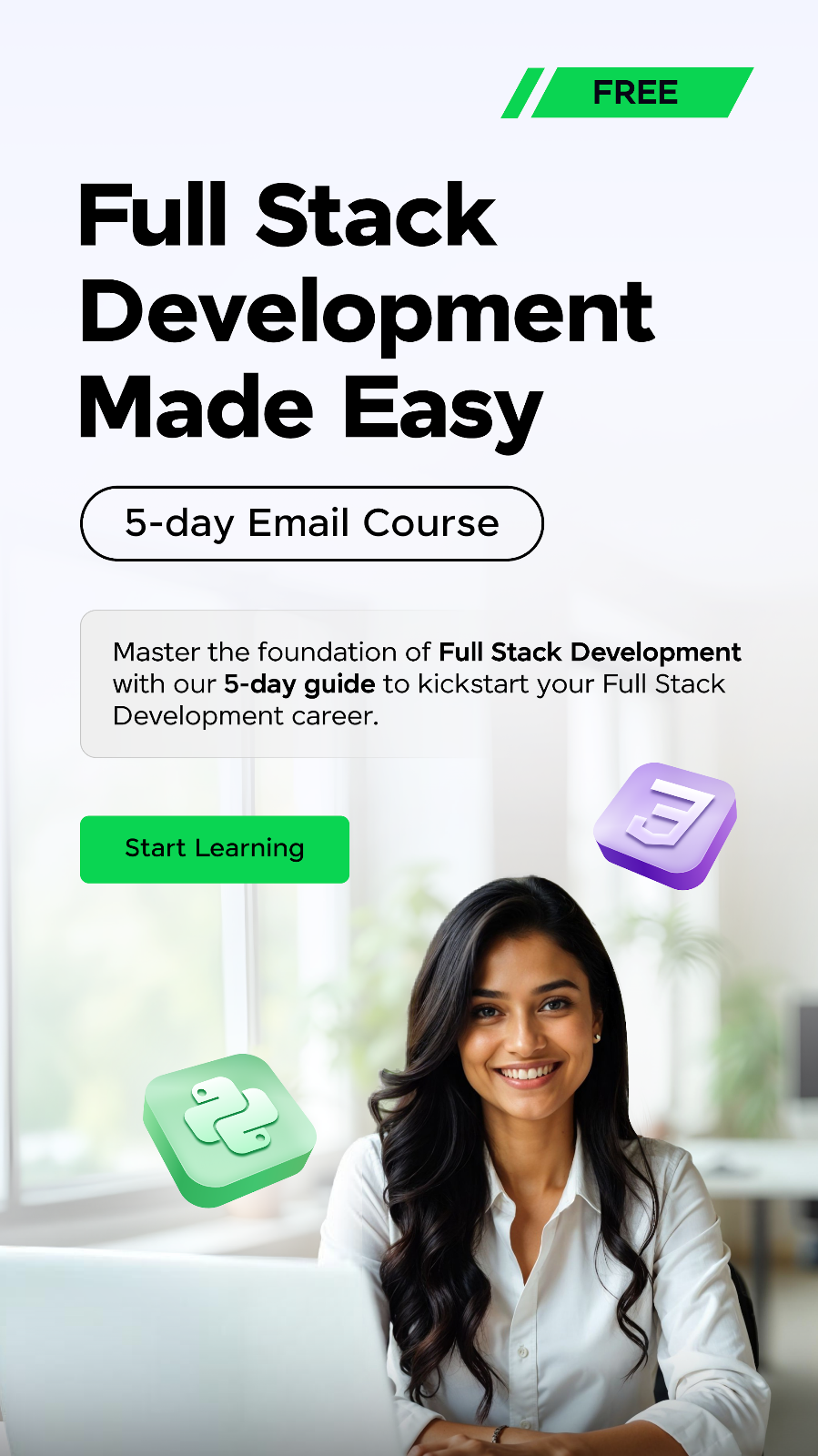






















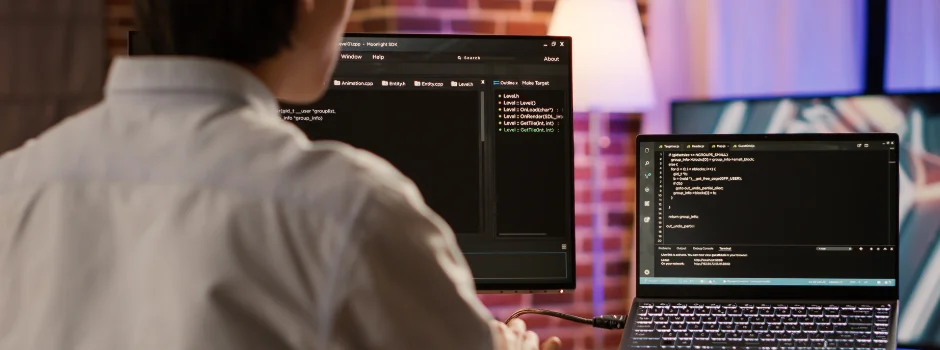

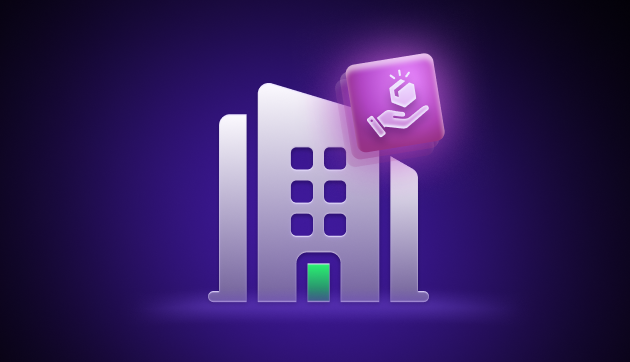
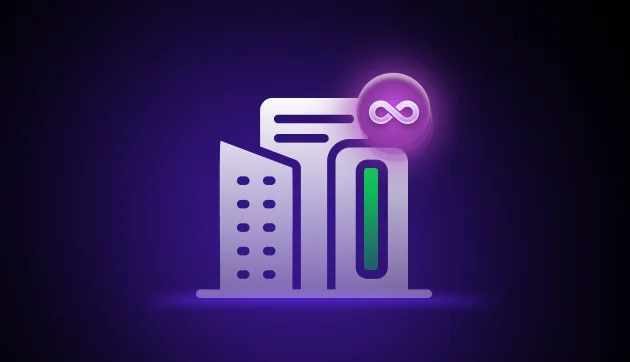
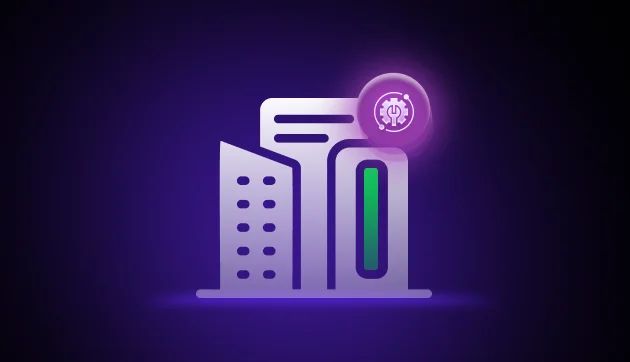
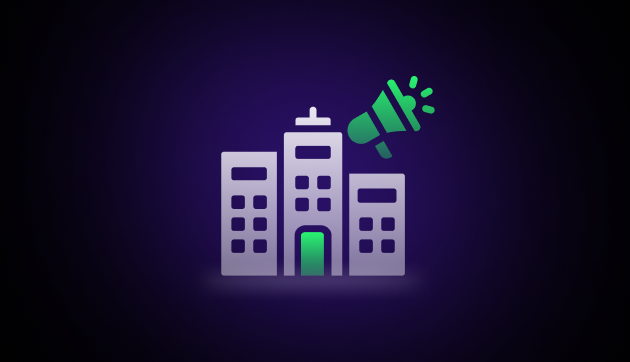
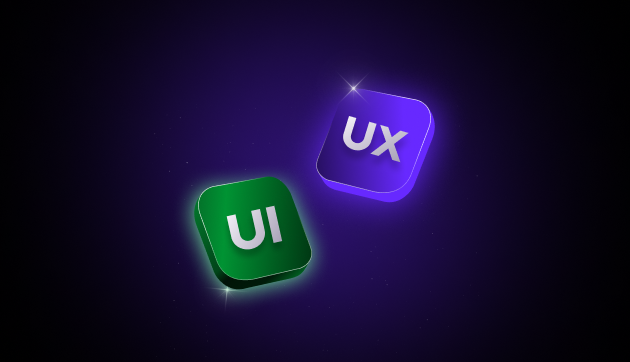




Did you enjoy this article?